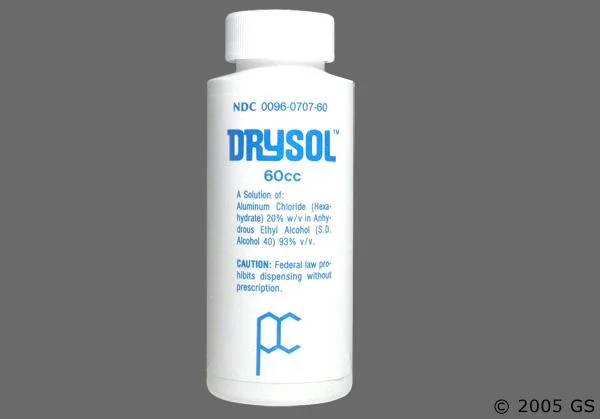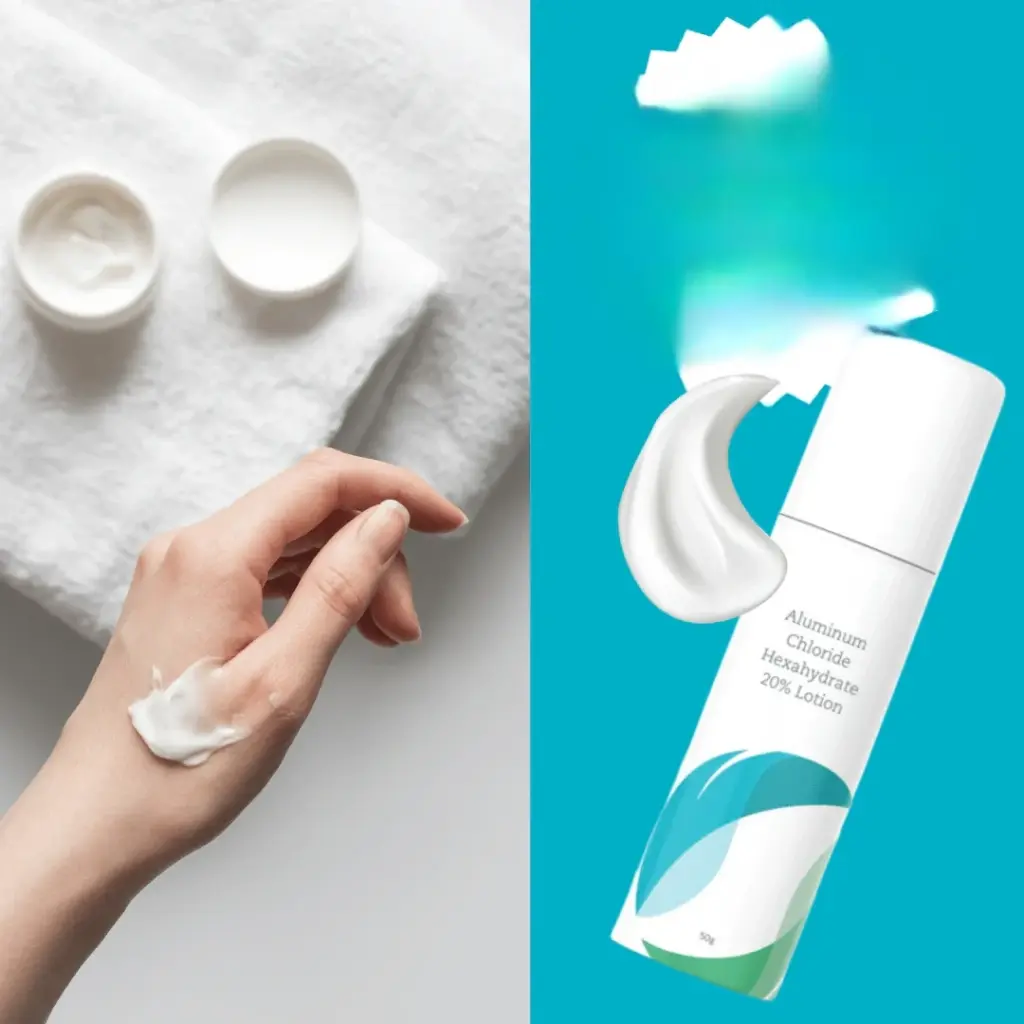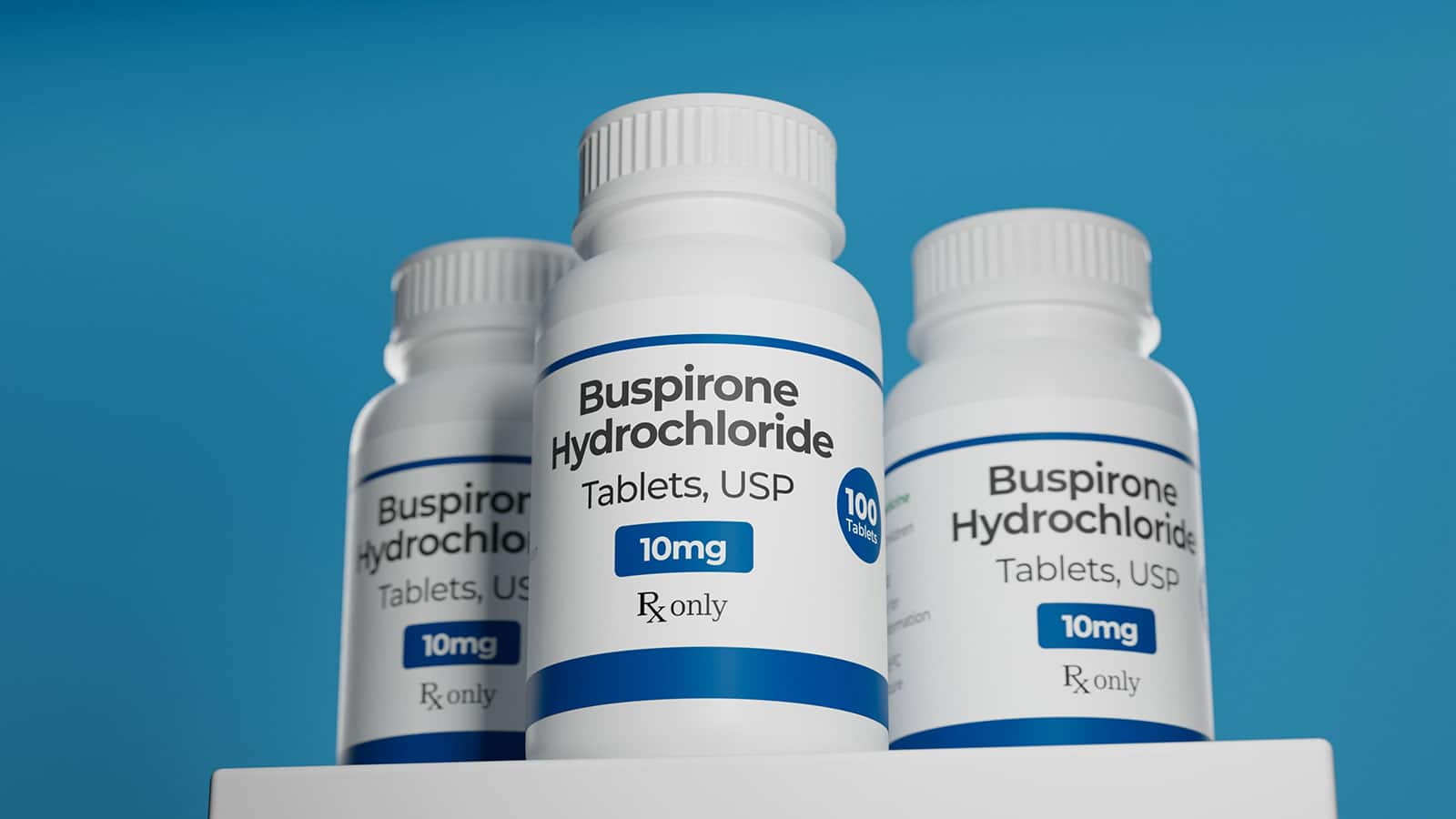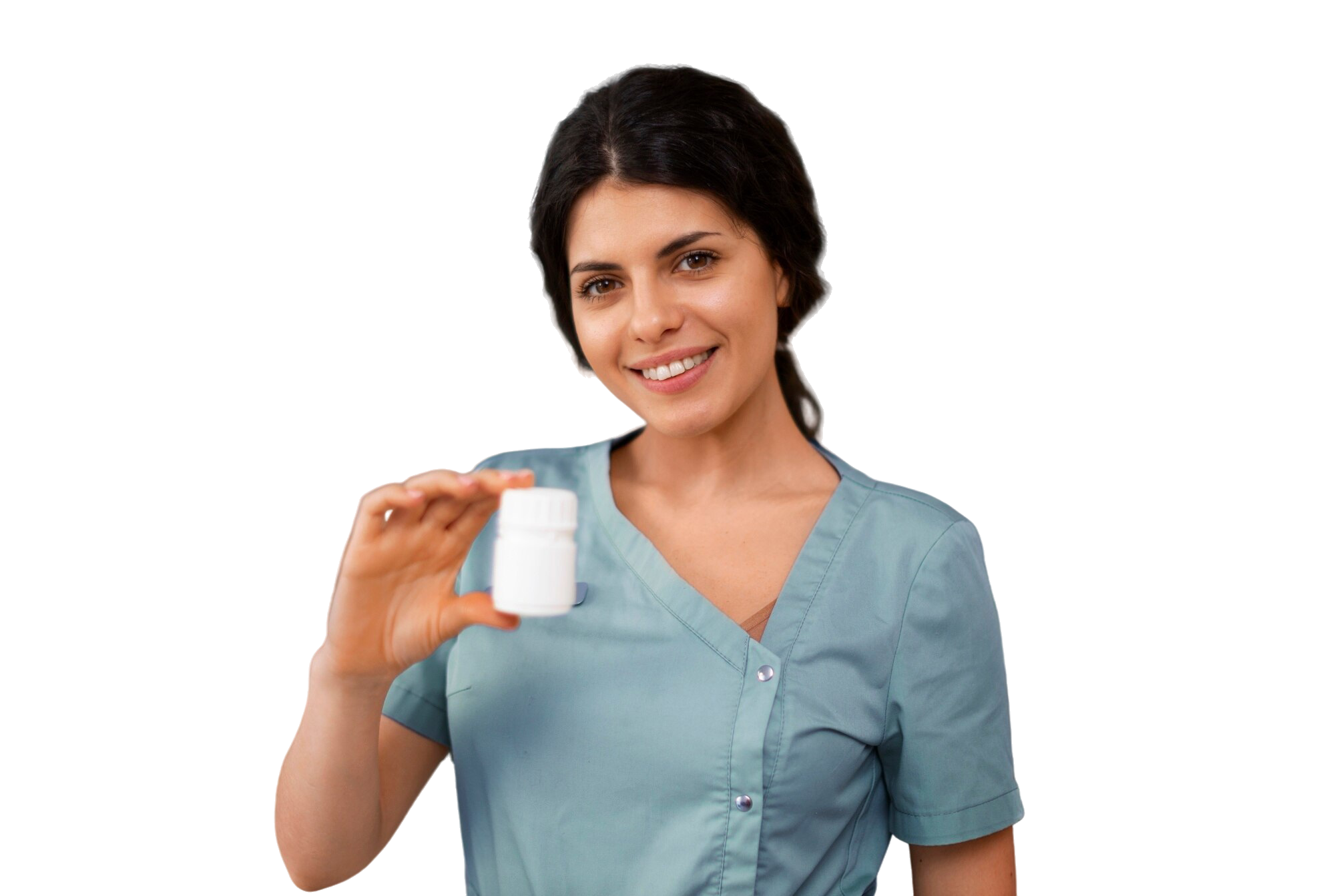Aluminum chloride is a chemical compound commonly used in antiperspirants to reduce sweating. It works by temporarily blocking the sweat glands, which reduces the amount of sweat that reaches the skin’s surface. This compound is particularly effective in managing hyperhidrosis, a condition characterized by excessive sweating.
What is Aluminum Chloride?
Aluminum chloride is a compound that has been extensively researched for its ability to control sweat. It is composed of aluminum and chlorine and is known for its high reactivity. This reactivity is what makes it effective in forming temporary plugs in sweat ducts. In antiperspirants, aluminum chloride is often used in a hydrated form to enhance its effectiveness and reduce potential irritation.Aluminum Chloride Hexahydrate
Aluminum chloride hexahydrate is a form of aluminum chloride that is hydrated with water molecules. This variant is often used in antiperspirants due to its effectiveness in controlling sweat production. The addition of water molecules helps stabilize the compound, making it suitable for application on the skin. When you see “20% aluminum chloride hexahydrate antiperspirant” on a product label, it indicates the concentration of this active ingredient. The percentage reflects the strength of the product and its potential efficacy for managing excessive sweating.
The Science Behind Sweat Control
Sweating is a natural process crucial for thermoregulation, but excessive sweating can be problematic. Aluminum chloride’s role in antiperspirants is to address this issue by interacting with sweat electrolytes. This interaction leads to the formation of a gel-like substance that physically blocks the sweat ducts. By doing so, it reduces not just the visible sweat but also the moisture that bacteria thrive in, thereby lowering body odor.
How Does Aluminum Chloride Work?
The primary function of aluminum chloride in antiperspirants is to control sweating. It achieves this by forming a temporary plug within the sweat ducts. Here’s how it works:
- Application Process
When applied to the skin, aluminum chloride reacts with the electrolytes in sweat to form a gel-like substance. This initial reaction is crucial as it sets the stage for the formation of the plug. The application is usually recommended at night when sweat production is lower, allowing better absorption and effectiveness.
- Formation of the Plug
This substance then forms a temporary plug in the sweat ducts, blocking sweat from reaching the surface of the skin. The plug is not permanent and gradually dissolves over time, necessitating regular reapplication. This temporary nature ensures that the body can still regulate temperature effectively without causing long-term blockages.
- Reduction in Sweat and Odor
With the sweat ducts blocked, the amount of sweat that can escape to the surface is significantly reduced. This mechanism not only decreases visible sweat but also helps reduce body odor, as sweat is one of the primary contributors to odor when it interacts with bacteria on the skin. As a result, users can experience a significant increase in dryness and comfort, especially in social or stressful situations.
The Role of Aluminum Chloride in Antiperspirants
Why Aluminum Chloride Hexahydrate is Preferred
Aluminum chloride hexahydrate is favored in antiperspirants due to its proven effectiveness in controlling sweat. Its ability to form stable compounds with water molecules enhances its efficacy and minimizes irritation. It is particularly beneficial for individuals who experience excessive sweating, as it provides stronger protection compared to regular deodorants. This makes it an ideal choice for those seeking reliable sweat control.
Various Forms of Aluminum Chloride Antiperspirants
Antiperspirants with aluminum chloride come in various forms, including sprays, roll-ons, and creams. Each type has its own set of advantages:
- Sprays: These provide a quick and even application, making them convenient for use on larger areas of the body. They are often preferred for their non-contact application and quick drying time.
- Roll-ons: These offer precise application and are often less likely to cause skin irritation. They provide a controlled amount of product and are easy to travel with, making them a popular choice for daily use.
- Creams: These are ideal for targeted application and can be beneficial for sensitive skin. Creams allow for controlled dosing and can be particularly useful for areas like the hands and feet, where more careful application is needed.
Choosing the Right Antiperspirant
When selecting an aluminum chloride antiperspirant, consider your personal preferences and any skin sensitivities you may have. It’s important to match the product type with your lifestyle and specific needs. For instance, those with sensitive skin might opt for a cream formulation to minimize irritation. Always read the label for concentration levels and ensure that the product aligns with your sweating severity.
Safety and Concerns about Aluminum Chloride
Safety is a common concern among users of aluminum-based antiperspirants. Let’s address some of these concerns and explore the safety profile of aluminum chloride.
Evaluating Aluminum Chloride Safety

Extensive research has been conducted to evaluate the safety of aluminum chloride in antiperspirants. Regulatory bodies, including the U.S. Food and Drug Administration (FDA), have deemed aluminum chloride safe for use in over-the-counter antiperspirant products. The rigorous testing ensures that the levels used in consumer products are well within safe limits. However, like any cosmetic product, it is important to use it as directed and be aware of any potential skin sensitivities.
Addressing Potential Side Effects
While most people use aluminum chloride antiperspirants without any issues, some individuals may experience side effects such as:
- Skin Irritation: This is the most common side effect and can include redness, itching, or a burning sensation. It’s often temporary and can be alleviated by adjusting the application schedule or switching product forms.
- Staining on Clothes: Aluminum chloride can sometimes cause yellow staining on clothing, particularly on light-colored fabrics. This is due to the reaction between aluminum compounds and sweat. To minimize staining, allow the product to dry completely before dressing.
- Long-term Concerns: There have been discussions about the long-term effects of aluminum exposure, but current research indicates no significant health risks when used as directed. It’s always advisable to stay informed and consult with healthcare professionals if concerns arise.
Managing Concerns and Making Informed Choices
If you experience severe irritation or an allergic reaction, it is advisable to discontinue use and consult a healthcare professional. Being informed about product ingredients and their effects can help you make better choices. Opt for products with clear labeling and avoid those with ingredients you know may cause irritation. Consider conducting patch tests with new products to ensure compatibility with your skin.
Reviews and Recommendations
When selecting an antiperspirant, it’s helpful to consider both expert reviews and user experiences. Many users report satisfaction with aluminum chloride antiperspirants, particularly for managing excessive sweating. Here are a few tips when choosing a product:
Importance of Product Concentration
- Check the Concentration: For those with severe sweating, a higher concentration of aluminum chloride hexahydrate may be more effective. Products with 20% concentration are often recommended for hyperhidrosis.
Skin Type Considerations
- Consider Your Skin Type: If you have sensitive skin, look for formulations designed to minimize irritation. These might include lower concentrations or additional soothing ingredients like aloe vera.
Leveraging User Insights
- Read Reviews: User reviews can provide insights into the effectiveness and any potential drawbacks of a specific product. Reviews often highlight practical aspects like scent, texture, and ease of application, which can be crucial in your decision-making process.
Conclusion
Aluminum chloride is a powerful ingredient in antiperspirants, known for its ability to significantly reduce sweat production. While concerns about safety are common, regulatory agencies assure that aluminum chloride is safe for use in antiperspirant products when used as directed. By understanding how aluminum chloride works and considering personal needs and preferences, you can find an antiperspirant that effectively manages sweat and keeps you feeling fresh.
Incorporating an antiperspirant with aluminum chloride hexahydrate into your routine can be a game-changer for those dealing with excessive sweating, providing both confidence and comfort in everyday activities. Whether you choose a spray, roll-on, or cream, the right product can make all the difference in maintaining dryness and reducing sweat-related anxiety. With informed choices, you can navigate the world of antiperspirants confidently, ensuring both effectiveness and safety.




